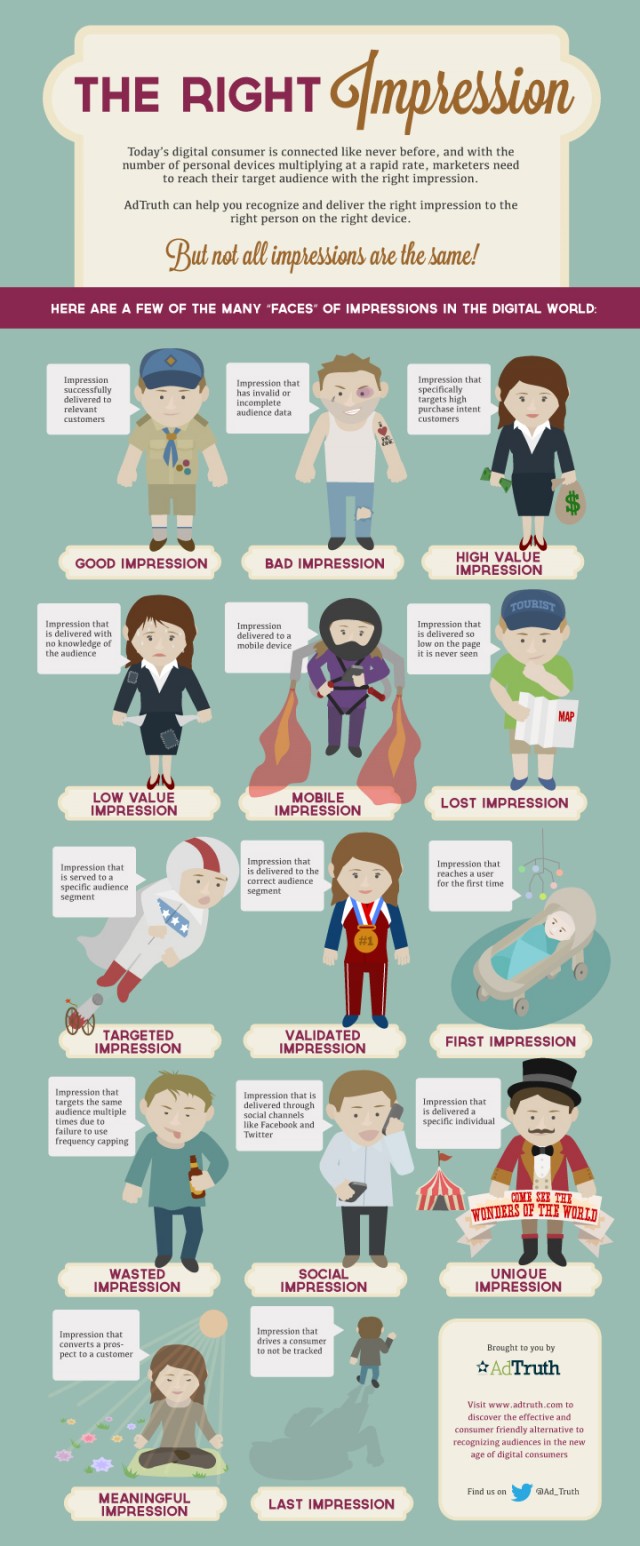DreamBox Learning launches global online community on edWeb.net for educators implementing blended learning models for mathematics
FOR IMMEDIATE RELEASE
PRINCETON, NJ, February 12, 2013 – DreamBox Learning® (www.dreambox.com), the leading Intelligent Adaptive Learning™ company, and edWeb.net, a professional social and learning network for the education community, today announced the launch of Blended Learning, an online professional learning community (PLC) to support educators exploring and implementing blended learning models for elementary mathematics.
The Blended Learning PLC will provide a collaborative forum for administrators, math coaches, curriculum coordinators, and teachers of mathematics to gather and share insights as schools and districts implement blended learning models at the classroom level.
“As the pioneer of intelligent adaptive learning, DreamBox Learning has redefined personalized instruction in the classroom,” said Lisa Schmucki, founder and CEO of edWeb.net. “Blended learning is an area of great interest to our online professional learning community and we’re thrilled to provide such high caliber experts to educators to improve their knowledge and help them implement best practices in classrooms.”
As part of the partnership with edWeb.net, DreamBox Learning will host a monthly Blended Learning webinar series as well as provide a dedicated blog and access to resources and tools that will allow educators to receive a Continued Education (CE) certificate.
The next webinar, Principal’s Guide to Blended Learning for Elementary Mathematics, is scheduled for February 27 at 3:00 p.m. EST. The session will be presented by well-known author and educator Dr. Jeff Piontek, who will present the keys to implementing successful blended learning models that leverage the powerful combination of real-time and online interaction to improve math teaching and student learning.
The joint effort benefits both edWeb.net and DreamBox Learning. “Joining forces with edWeb.net provides DreamBox Learning with the unique opportunity to engage directly with forward-thinking administrators and educators who are actively exploring innovative ways to increase student confidence and achievement in math through blended learning and differentiation,” said Jessie Woolley-Wilson, President and CEO at DreamBox Learning. “We’re very excited to share our knowledge and success stories as well as learn from the community as we collectively continue to inspire positive outcomes in education.”
Administrators and math educators are invited to join the Blended Learning community. All webinars and content are free. Register for the February 27 webinar. Listen to an interview with edWeb.net’s Lisa Schmucki and Dr. Tim Hudson, Director of Curriculum Design at DreamBox Learning discuss the rise in blended learning and the launch of the Blended Learning PLC. More information about the overall program can be found at www.edweb.net/blendedlearning.
About edWeb.net
edWeb.net is a professional social and learning network for the education community that makes it easy to connect and collaborate with colleagues, share information and best practices, and create professional learning communities. edWeb makes it easy to move forward faster with ideas that transform teaching and learning. edWeb hosts free professional learning communities on key topics in education and won the 2012 Edublog Award for Best Free and Open Professional Development for Educators. edWeb reaches 3.5 million educators in the U.S. through our membership and our partnership with MCH Strategic Data. Learn more at www.edweb.net.
About DreamBox Learning
DreamBox Learning was founded in 2006 in Bellevue, Washington and launched its first online learning product in January 2009. The platform has won more than 20 top education and technology industry awards and is in use in all 50 states. DreamBox Learning Math offers a groundbreaking combination of intelligent adaptive learning, rigorous elementary mathematics curriculum, and motivating learning environment. The innovative DreamBox platform captures every decision a student makes while working in the program and adjusts the student’s learning path appropriately, providing millions of individualized learning paths, each one tailored to a student’s unique needs.
DreamBox Learning closed its Series A round of funding in December 2011 led by private investors Reed Hastings, John Doerr and Deborah Quazzo, as well as GSV Capital Corp. (NASDAQ: GSVC).
###
PR Contacts:
edWeb.net:
Lisa Schmucki, 908-407-2755 or lisa@edweb.net
Foghorn Public Relations for DreamBox Learning:
Mary Leddy, 508-872-3369 or mleddy@foghornpr.com
Shelly Eckenroth, 717-852-7060 or seckenroth@foghornpr.com







